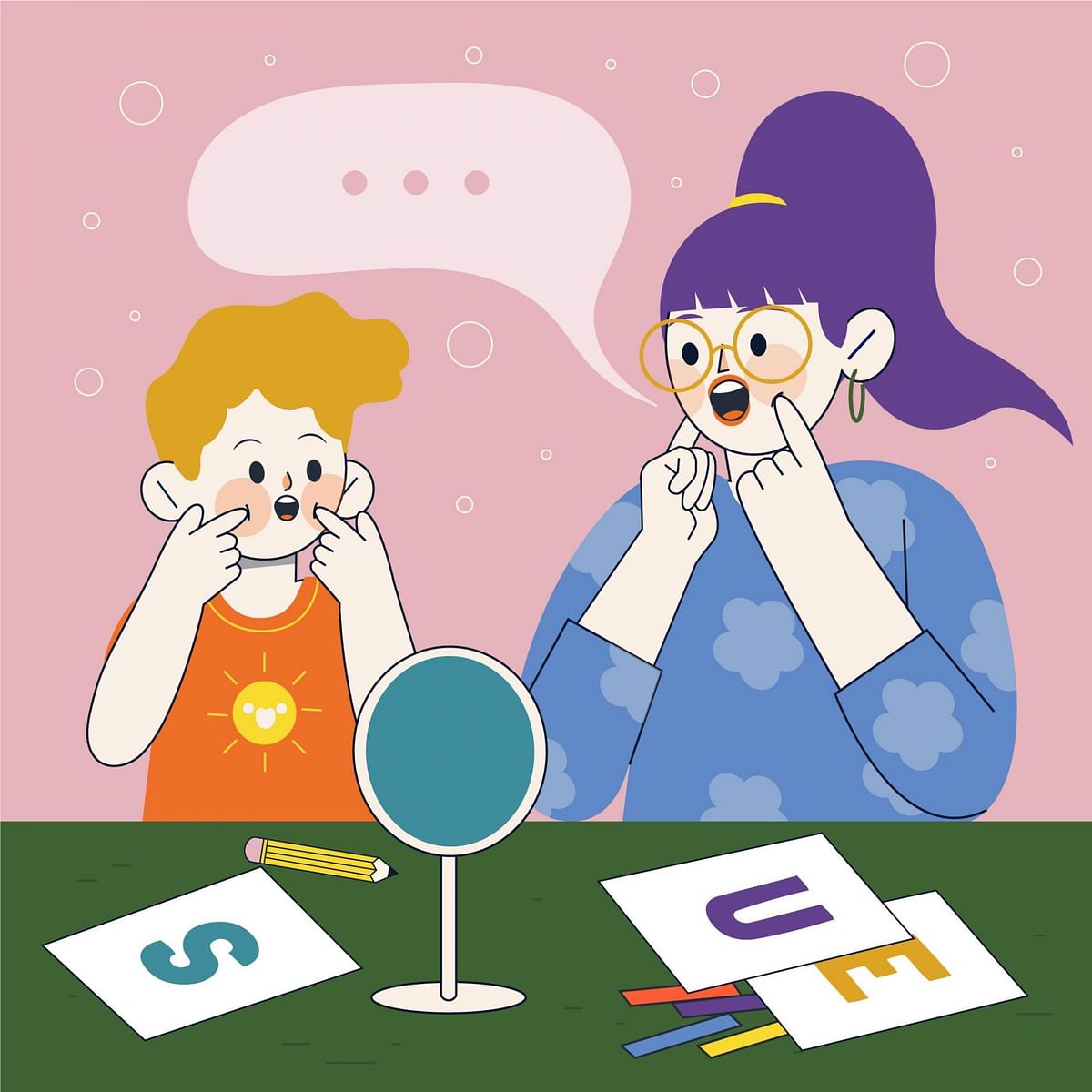Understanding Visual Spatial Disorder: A Comprehensive Guide For Illinois Residents
Have you ever felt lost or disoriented, even in familiar places? Do you struggle with reading maps, interpreting graphs, or understanding 3D objects? If so, you may have visual spatial disorder (VSD).
VSD is a neurodevelopmental condition that affects the way your brain processes visual and spatial information.

System Disorder form 2 – ATI template – STUDENT NAME DISORDER/DISEASE – Source www.studocu.com
People with VSD have difficulty understanding the relationships between objects, judging distances, and navigating their environment.
VSD can make it difficult to perform everyday tasks, such as reading, writing, math, and sports.
Understanding Visual Spatial Disorder: A Personal Experience
I was diagnosed with VSD when I was 10 years old. I had always struggled with reading and math, and I often got lost in my own neighborhood.

Ocd obsessive compulsive disorder – Artofit – Source www.artofit.org
After I was diagnosed, I started working with a therapist to improve my visual and spatial skills.
Therapy helped me to develop strategies for coping with VSD, and my symptoms have improved significantly since then.
History and Myth of Visual Spatial Disorder
VSD is a relatively new diagnosis, but the condition has been around for centuries.
In the past, VSD was often misdiagnosed as mental illness or learning disability.

Switchable porous crystals reveal size-dependent phase coexistence – Source devicematerialscommunity.nature.com
Today, we know that VSD is a neurological condition that is not caused by mental illness or a lack of intelligence.
Hidden Secret of Visual Spatial Disorder
One of the biggest challenges of VSD is that it is often invisible to others.
People with VSD may appear perfectly normal, but they may be struggling to understand the world around them.

EBOOK NVLD and Developmental Visual-Spatial Disorder in Children – Source www.studocu.com
This can lead to frustration and misunderstanding, both for people with VSD and for those who care about them.
Recommendation of Visual Spatial Disorder
If you think you or your child may have VSD, it is important to get a diagnosis from a qualified professional.
Early diagnosis and intervention can help to improve outcomes and prevent future problems.
There are many different treatments for VSD, and the best approach will vary depending on the individual.
Visual Spatial Disorder: Diagnosis and Assessment
VSD is diagnosed through a comprehensive evaluation that includes a review of the person’s history, a physical exam, and a series of tests designed to assess visual and spatial skills.

Visual Processing Disorder: Challenges in Interpreting Visual Information – Source www.sportskeeda.com
The evaluation may be conducted by a variety of professionals, including neurologists, psychologists, and occupational therapists.
Tips on Visual Spatial Disorder
There are many things that you can do to help yourself or your child cope with VSD.
These include:
Visual Spatial Disorder: Activities and Games
There are also a number of activities and games that can help to improve visual and spatial skills.

VISUAL PROCESSING DISORDERS: 8 Visual Processing Disorders to Watch for – Source ilslearningcorner.com
These activities include:
Fun Facts of Visual Spatial Disorder
VSD is a common condition, affecting about 5% of the population.
VSD is more common in boys than in girls.
VSD can be caused by a variety of factors, including genetics, brain injury, and exposure to toxins.
How to Deal with Visual Spatial Disorder
If you have VSD, there are a number of things you can do to manage your symptoms.

DI – System disorder – ACTIVE LEARNING TEMPLATES THERAPEUTIC PROCEDURE – Source www.studocu.com
These include:
What if I have Visual Spatial Disorder?
If you think you may have VSD, it is important to get a diagnosis from a qualified professional.
Early diagnosis and intervention can help to improve outcomes and prevent future problems.

Visual Processing – Neuro-Vision Development Center – Source nvdctherapy.com
There are many different treatments for VSD, and the best approach will vary depending on the individual.
Listicle of Visual Spatial Disorder
Question and Answer on Visual Spatial Disorder
VSD is a neurodevelopmental condition that affects the way your brain processes visual and spatial information.
Symptoms of VSD can include difficulty understanding the relationships between objects, judging distances, and navigating your environment.
VSD is diagnosed through a comprehensive evaluation that includes a review of the person’s history, a physical exam, and a series of tests designed to assess visual and spatial skills.
There are a number of treatments for VSD, including compensatory strategies, such as using a GPS or asking for directions, getting support from family and friends, joining a support group, and seeking professional help.
Conclusion on Understanding Visual Spatial Disorder: A Comprehensive Guide For Illinois Residents
VSD is a complex condition that can have a significant impact on an individual’s life.
However, with proper diagnosis and intervention, people with VSD can learn to manage their symptoms and live full and productive lives.





